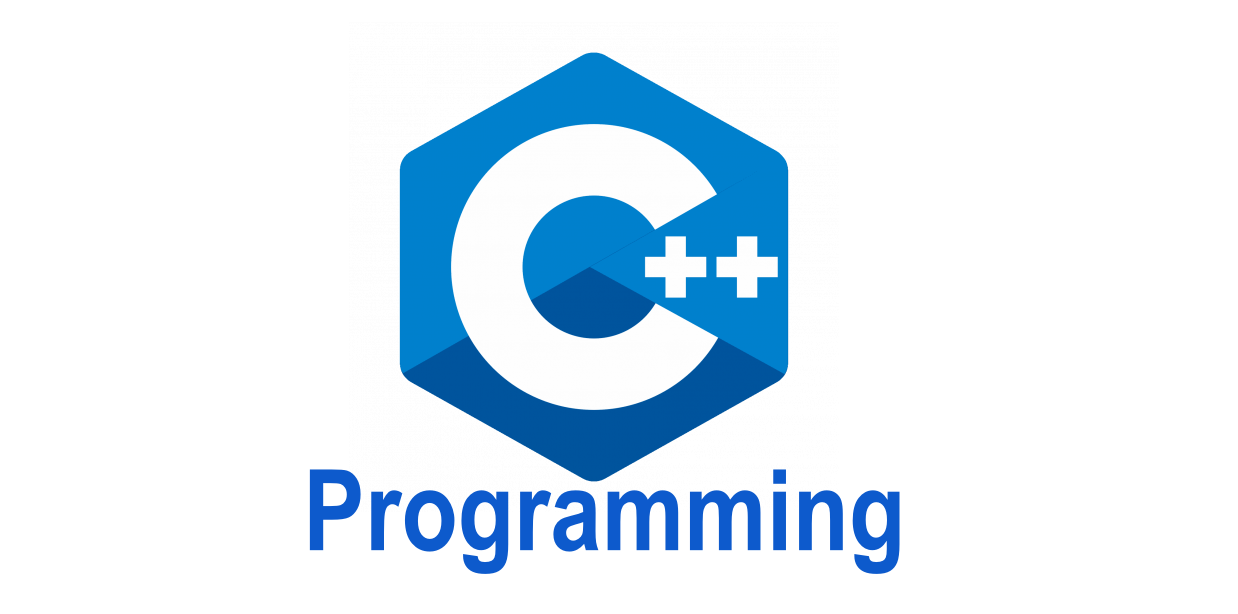Course Objective The course should enable the students to: | |
1 | Enrich the knowledge of solving differential equations of first order and higher order. |
2 | Formulate and solve partial differential equations |
Course Outcomes After the completion of the course the student will be able to:
|
| |
CO1 | Find the solution of differential equations of first order and first degree by exact, integrating and change of variables method | |
CO2 | Apply total differentiation for differential equations | |
CO3 | Solve the differential equations of first order but not first degree by Clairaut’s and solvable for x or y | |
CO4 | Apply first order differential equations to solve real time applications | |
CO5 | Solve the differential equations of higher order linear differential equations with constant coefficients | |
CO6 | Solve the differential equations of higher order non homogeneous linear differential equations with constant coefficients | |
CO7 | Solve the differential equations of higher order linear differential equations with non constant coefficients | |
CO8 | Solve the partial differential equations of the type linear equations by Lagrange’s method. | |
- Teacher: RAGA SUDHA JONNADA
- Teacher: ANU VICTOR
C++ is an object-oriented programming language which gives a clear structure to programs and allows code to be reused. C++ is portable and can be used to develop applications that can be adapted to multiple platforms. C++ is fun and easy to learn!
The language was updated 3 major times in 2011, 2014, and 2017 to C++11, C++14, and C++17.
C++ was developed by Bjarne Stroustrup, as an extension to the C language.
Course Summary:
This course has been created to help students learn all the basics concepts that are the core of C++ programing. Topics covered include basic principles of programming using C++, algorithmic and procedural problem solving, program design and development, basic data types, control structures, functions, arrays, pointers, and introduction to classes for programmer-defined data types.
Course Objective:
The objective of course is to develop programming skills of students, using object oriented programming concepts, learn the concept of class and object using C++ and develop classes for simple applications. From the starting point where students will be installing the right tools and writing their first basic lines of code to the more advanced such as functions, statements, loops and many practical projects, this course has everything students need to start programming in C++ and begin their programing journey.
Course outcomes:
After completion of this course, student will be able to
CO1: Identify importance of object oriented programming and difference between structured oriented and object oriented programming features.
CO2: Able to make use of objects and classes for developing programs.
CO3: Apply the concepts and principles of the programming language to the real-world problems and solve the problems through practical-based learning.
CO4: Because so many programming languages are based on or related to C++, your knowledge of C++ will simplify the process of learning other languages.
CO5: Design & implement various forms of inheritance, String class, calling base class constructors, operator overloading, runtime polymorphism, Generic Programming.
C06: Analyze and handle possible errors during program execution.

- Teacher: MAHANTA CHAUHAN
- Teacher: ANU VICTOR
COURSE OBJECTIVES:
UNIT | OBJECTIVES |
I |
|
II | 1. To identify two different types of transistors by their symbology and alphanumeric designations. 2. To properly bias an NPN transistor in a circuit configuration. 3. To list the precautions to be taken when working with transistors and describe ways to test them. 4. To explain how the transistor can be used in digital logic. 5. To observe how a transistor functions in a simple circuit 6. To understand amplification—that a small current at the input of a transistor controls a larger current at its output |
III | 1. To describe the switching action of MOSFET’s; 2. To show that MOSFET’s have a very high input resistance; 3. To perform calculations on MOSFET switching circuits; 4. To compare the performance of MOSFET and transistor switches 5. To understand the operation and characteristics of silicon controlled rectifiers. 6. To understand the performance parameters of controlled rectifiers. 7. To learn the techniques for analysing and design of controlled rectifier circuits. |
IV | 1. To Study, perform, demonstrate and plot the V – I Characteristics Uni – Junction Transistor ( UJT ). 2. To Determination: * Intrinsic stand – off ratio * Peak point emitter voltage * Peak point emitter current * Valley point emitter voltage * Valley point emitter current * Emitter Saturation Voltage. 3. To Comparison of characteristics of different modes. 4. To Investigate UJT’s unique application as a relaxation oscillator and observe the saw tooth & pulse waveforms.
|
COURSE OUTCOMES:
OUTCOMES |
CO1: The students will be able to plot the VI characteristics of all diodes and can design a p-n junction structure given required electrical performance and compare the experimental data to the theoretical curve of the diodes. CO2: The students will be able to use the scanned-load-line methods to obtain the I-V characteristic of the BJTs CO3: The students will be able to design and implement single-stage BJT amplifiers and observe amplitude and frequency response. CO4: The students will be able to calculate the terminal currents : IE, IC, IB CO5: The students will be able to describe the basic FET structure/operation by channel types (n or p), and by the presence/absence of conduction channel CO6: The students will be able to calculate the threshold voltage (VT) of MOS structures and explain how VT can be controlled CO7: The students will be able to describe the structures and the operating principles of JFETs, MOSFETs and design a MOSFET structure given required electrical performance CO8: The students will be able to draw practically the characteristics of SCR and UJT and will be able to explain the operating principles, structures, electrical characteristics of various optoelectronic devices like:LEDs, photo detectors , solar cells |
- Teacher: SOWJANYA D